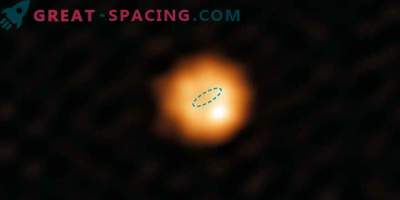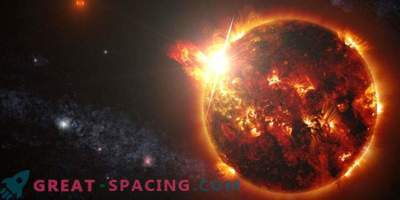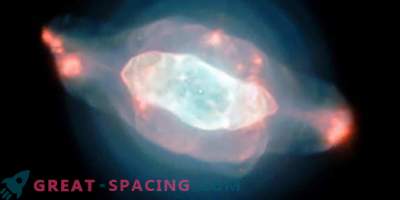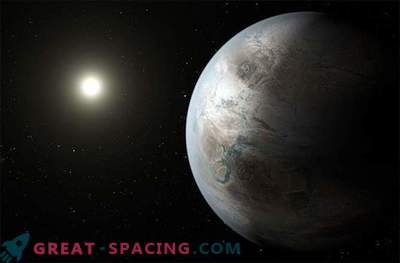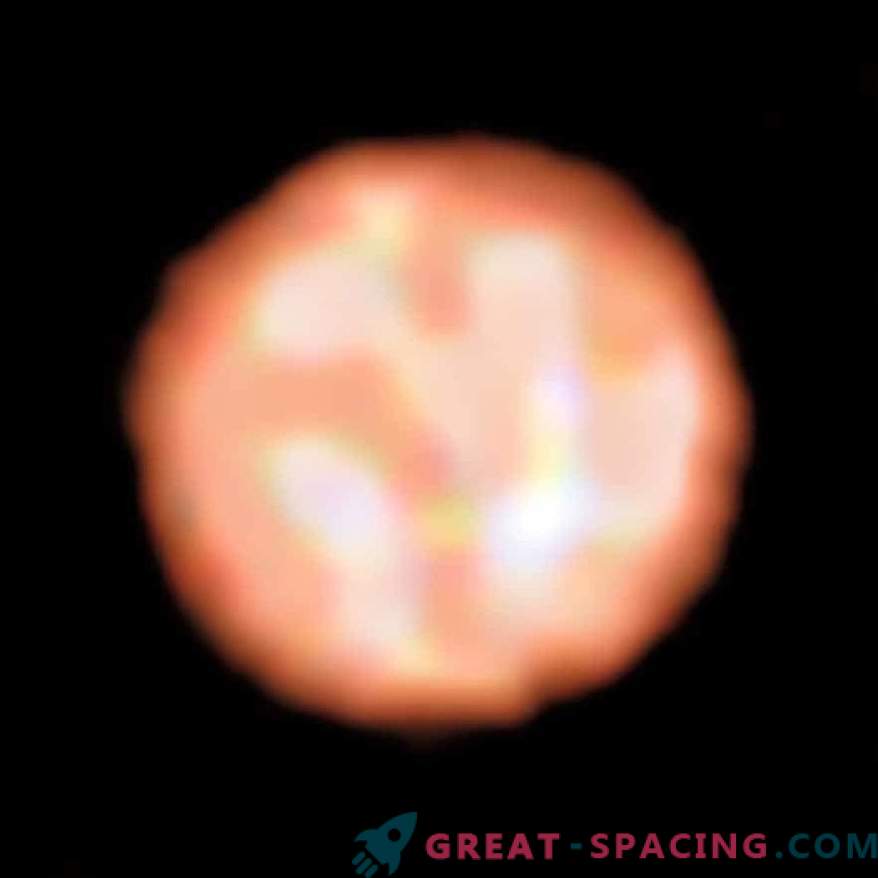
Researchers using the Very Large Telescope were able to track patterns of granulation on the surface of an aging red giant π1 Crane. This image was extracted with a PIONIER instrument. Shown here are the convective cells that make up the stellar surface. Each cell shows more than a quarter of the diameter of a star (120 million km wide)
Scientists used the Very Large Telescope to track granulation on the surface of an aging red giant π1 Crane. This image was extracted with a PIONIER instrument. Shown here are the convective cells that make up the stellar surface. Each cell shows more than a quarter of the diameter of a star (700 times the solar diameter).
π1 The Crane is a cold red giant, 530 light-years distant from us. The mass converges with the sun, but 700 times larger and several thousand times brighter. The researchers decided to use the PIONIER tool on the Very Large Telescope to view the stellar details. They noticed that on the surface there are convective cells, each of which is stretched to 120 million km wide. The size of one granule is the distance Sun-Venus. Usually the photospheres of large-scale stars are clouded with dust, which hinders the view. But in π1 Crane dust is located further and does not affect the IR observation. When the star exhausted hydrogen, it completed the first stage of nuclear fusion. She shrank and lost energy, which is why she heated up to 100 million degrees. Extreme temperature indicators transferred the star to the stage of helium burning into heavier atoms (carbon and oxygen).
The hot core pushed the outer layers, increasing the size of a hundred times. This is the first time that the surface of the giant has been shown in detail. To help you understand, the solar photosphere contains approximately 2 million convective cells with diameters of 1500 km. Differences in size can be partially attributed to altered gravity.
Stars exceeding solar massiveness by a factor of 8 complete their existence in a supernova explosion. But less massive crowding out the outer layers, creating planetary nebulae. Early research π1 Crane revealed the shell of the material at a distance of 0.9 light years from the star, ejected 20,000 years ago. This period covers several tens of thousands of years.


